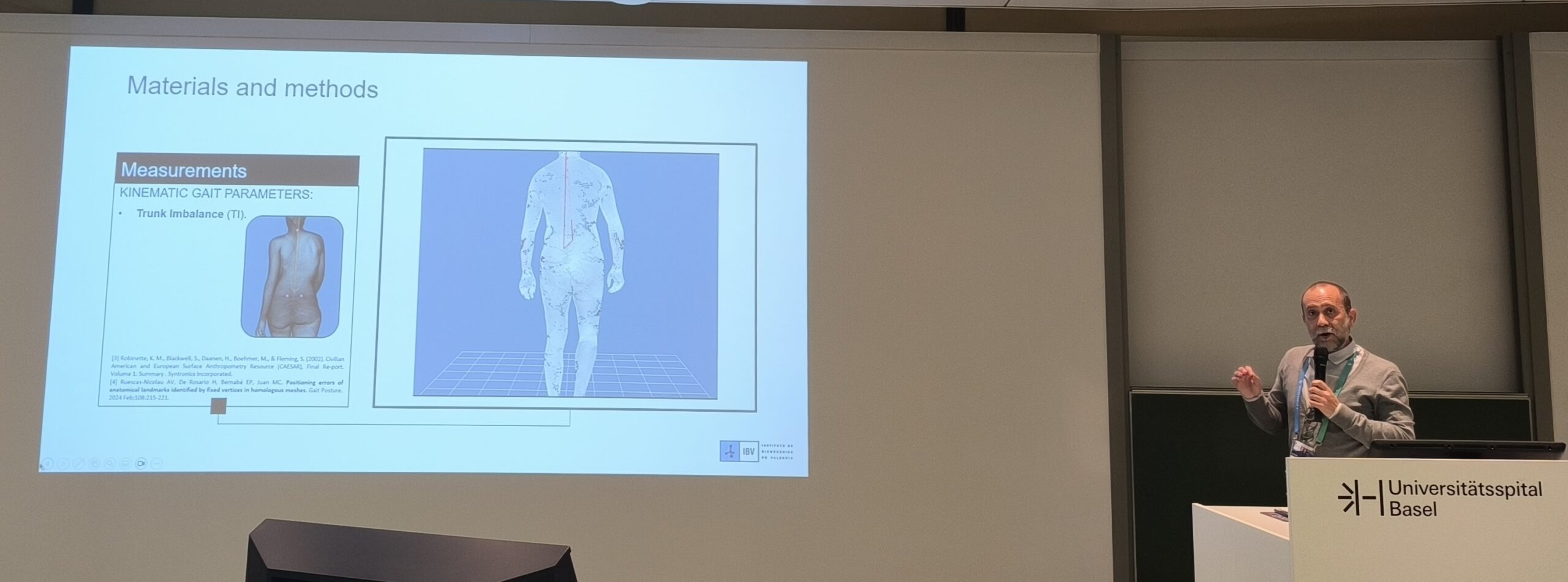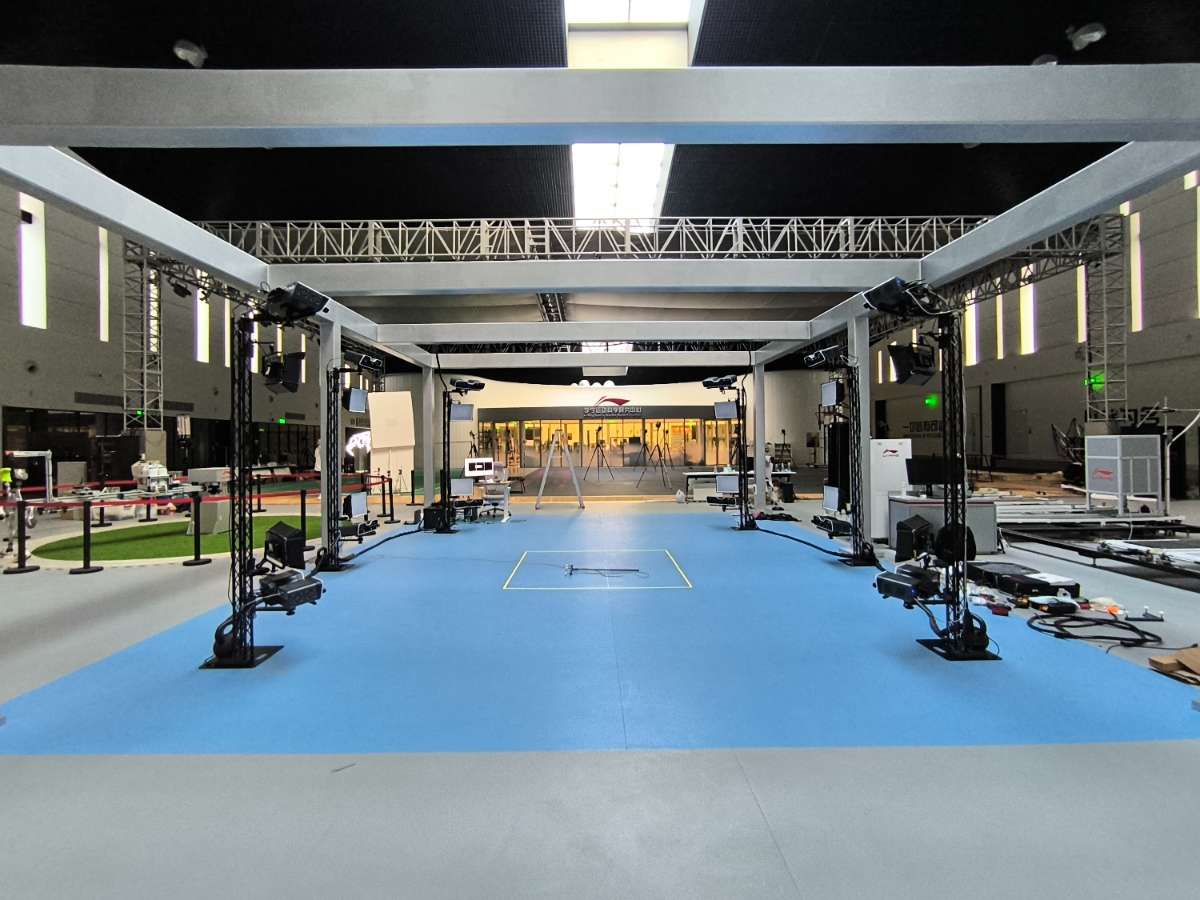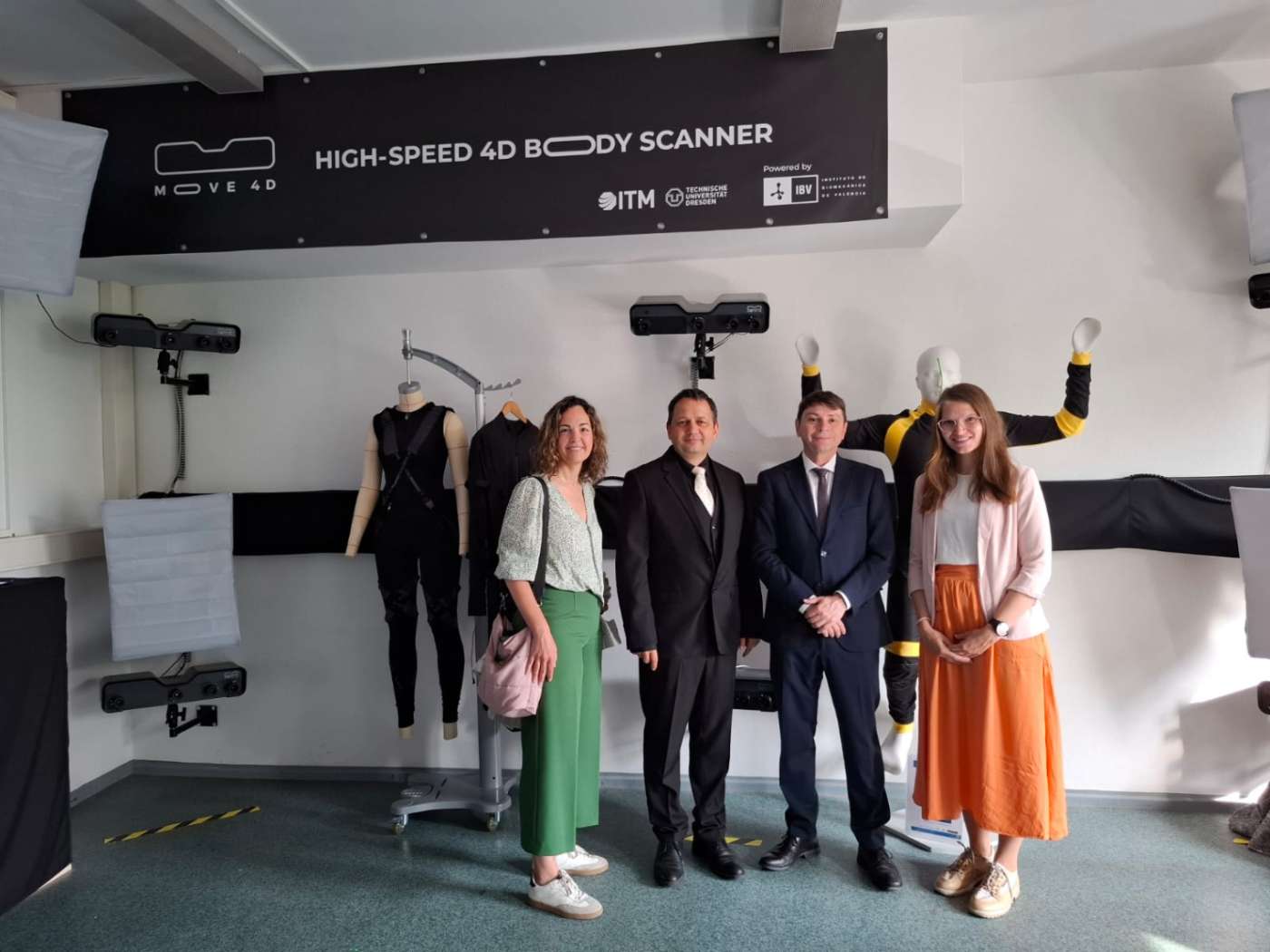ESMAC 2025: A global meeting point for clinical biomechanics
The MOVE4D team participated in the Annual Congress of the European Society of Movement Analysis for Adults and Children (ESMAC), one of the world’s leading events in clinical biomechanics. Discover how our technology has introduced a significant innovation in the functional assessment and diagnosis of scoliosis.
The 2025 edition, held in Basel, Switzerland, gathered experts from around the world to discuss the latest developments in motion analysis, musculoskeletal modeling, and emerging technologies applied to clinical practice.
MOVE4D participated with a dedicated booth, where attendees could experience the capabilities of the 4D dynamic body scanning system firsthand, and with a scientific presentation delivered by Salva Pitarch, a researcher at the Instituto de Biomecánica de Valencia (IBV).
His talk focused on a study exploring how 4D body scanning can enhance the functional assessment of scoliosis — a topic that attracted considerable attention among participants.
¡Find all the applications for our product!
4D external body scanning: A new tool for functional analysis of scoliosis
During ESMAC 2025, Salva Pitarch presented the paper titled “Can 4D external body scanning provide useful metrics to improve the accuracy of scoliosis functional interpretation?” — a study that represents a key step forward in integrating functional metrics into spinal assessment.
The presentation, delivered in session 6) Spine conditions on 11 September, highlighted the potential of 4D external body scanning as a markerless technology that captures full-body motion while automatically processing both morphology and function.
This integrated approach enables clinicians and researchers to analyze spinal behavior dynamically, opening new possibilities for a more holistic, accurate, and non-invasive understanding of scoliosis.
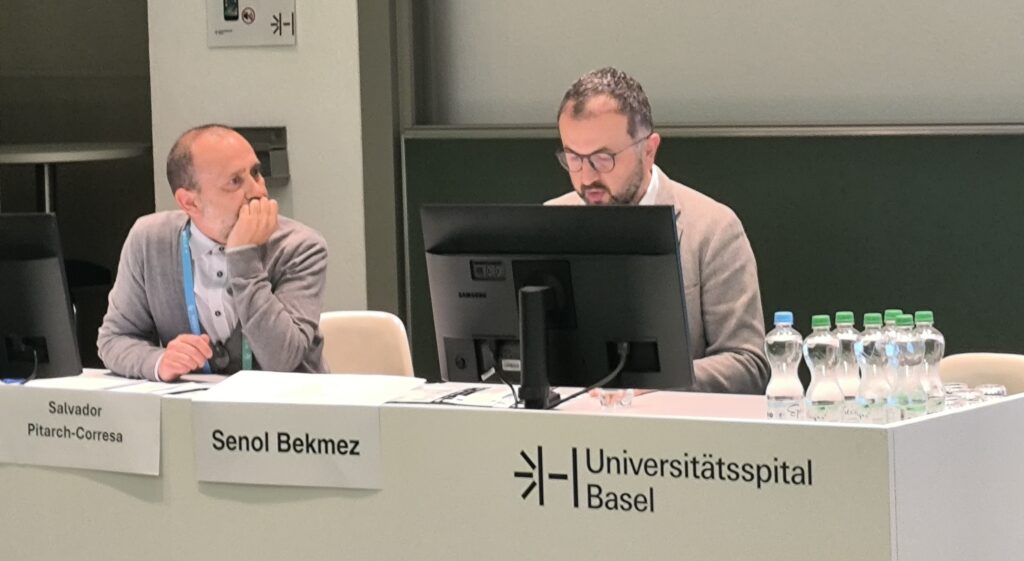
Scoliosis and the need for new functional metrics
Scoliosis is one of the most common spinal deformities and can lead to functional impairments that affect gait and daily activities.
While radiography remains the gold standard for spinal assessment, it exposes patients to radiation and provides only a static snapshot, which often fails to reflect real functional performance.
Limitations of current methods
Current techniques for assessing spinal motion — whether static or dynamic — often rely on motion capture or 3D surface analysis systems that depend on manual landmark placement and fixed motion planes. These constraints can limit the reliability, accuracy, and practical use of the results.
By contrast, 4D body scanning technology offers the potential to overcome these challenges by providing precise, fully automated motion data that reflects real, unrestricted human movement.
Introducing 4D body scanning
MOVE4D, developed by the Instituto de Biomecánica de Valencia (IBV), is a high-precision technology that captures both body shape and motion through a dynamic, watertight mesh composed of around 50.000 points. Each mesh includes homologous anatomical landmarks that are automatically identified and tracked throughout the movement sequence — completely marker-free and without manual intervention.
The study presented at ESMAC 2025 addressed a key research question: “Can 4D external body scanning provide useful metrics to improve the accuracy of scoliosis functional interpretation?”
The goal was to determine whether 4D dynamic scanning can generate functional and morphological metrics that enhance clinical interpretation of scoliosis, combining both static and dynamic evaluation of the spine during gait.
4D scanning: results, advantages, and clinical perspectives
Study results
The study analyzed gait performance in three healthy women and one woman with scoliosis, using the MOVE4D system. Results revealed clear asymmetries and differences in motion ranges between the scoliosis case and the control group.
Gait-related variables — such as Trunk Imbalance (TI) and Acromion–Pelvis Angle (APA) — were correlated with each other, though APA showed an asymmetric distribution in the scoliosis case.
Meanwhile, vertebral rotation and lateral flexion (LF, R) were uncorrelated and clearly differentiated the scoliosis case from the controls. Additionally, within-subject variability was smaller for the scoliosis case, suggesting a more constrained and compensatory motion pattern.
These findings show that 4D body scanning can go beyond capturing structural deformities — it can also reveal functional adaptations during gait, offering a more complete picture of spinal biomechanics in scoliosis.
Clinical contributions of 4D scanning
- The study concluded that combining gait kinematics with spinal motion variables allows clinicians to distinguish angular differences and better evaluate compensations and adaptations in scoliosis patients.
- The 4D external body scanning system brings enhanced accuracy for detecting functional asymmetries through an automated markerless process that captures motion in free planes, overcoming many of the constraints of current scoliosis assessment tools.
Advantages of the markerless approach
- By removing the need for physical markers, the markerless approach enables a more natural and unobtrusive evaluation of movement.
- MOVE4D captures data in three dimensions, providing higher precision, reproducibility, and efficiency compared with traditional systems.
- Its non-invasive and radiation-free nature makes it particularly suitable for longitudinal monitoring of patients — especially children and adolescents — during treatment or follow-up.
The future of scoliosis functional assessment
The potential of 4D scanning goes beyond diagnosis. It paves the way for dynamic functional assessment protocols of spinal deformities, such as digital adaptations of the Dynamic Adam’s Test, analytic motion tasks, and ventilatory capacity analysis.
Ongoing developments are focused on spinal model validation and the integration of AI-based algorithms for automatic recognition of biomechanical patterns and functional deviations.
MOVE4D: innovation at the service of musculoskeletal health
As Rosa Porcar, a MOVE4D team member, pointed out:
“What’s fascinating about ESMAC is that it offers a truly unique forum where engineering and medicine meet in the service of musculoskeletal health. The ESMAC community stands out for its collaborative spirit, scientific excellence, and clear purpose: to improve the quality of life for all of us as patients. It’s a privilege to take part every year and contribute — while learning so much in return.”

MOVE4D’s presence at ESMAC 2025 reaffirms its commitment to technological innovation in human movement analysis. With its markerless, high-precision, and function-oriented approach, MOVE4D is shaping a new paradigm for scoliosis evaluation — one that is safer, smarter, and more human-centered.
Want to learn more about MOVE4D and its clinical and research applications?
Visit MOVE4D or contact our team to discover how this technology is redefining motion analysis.

